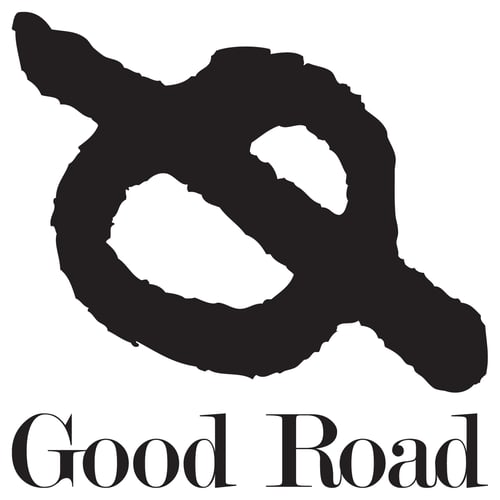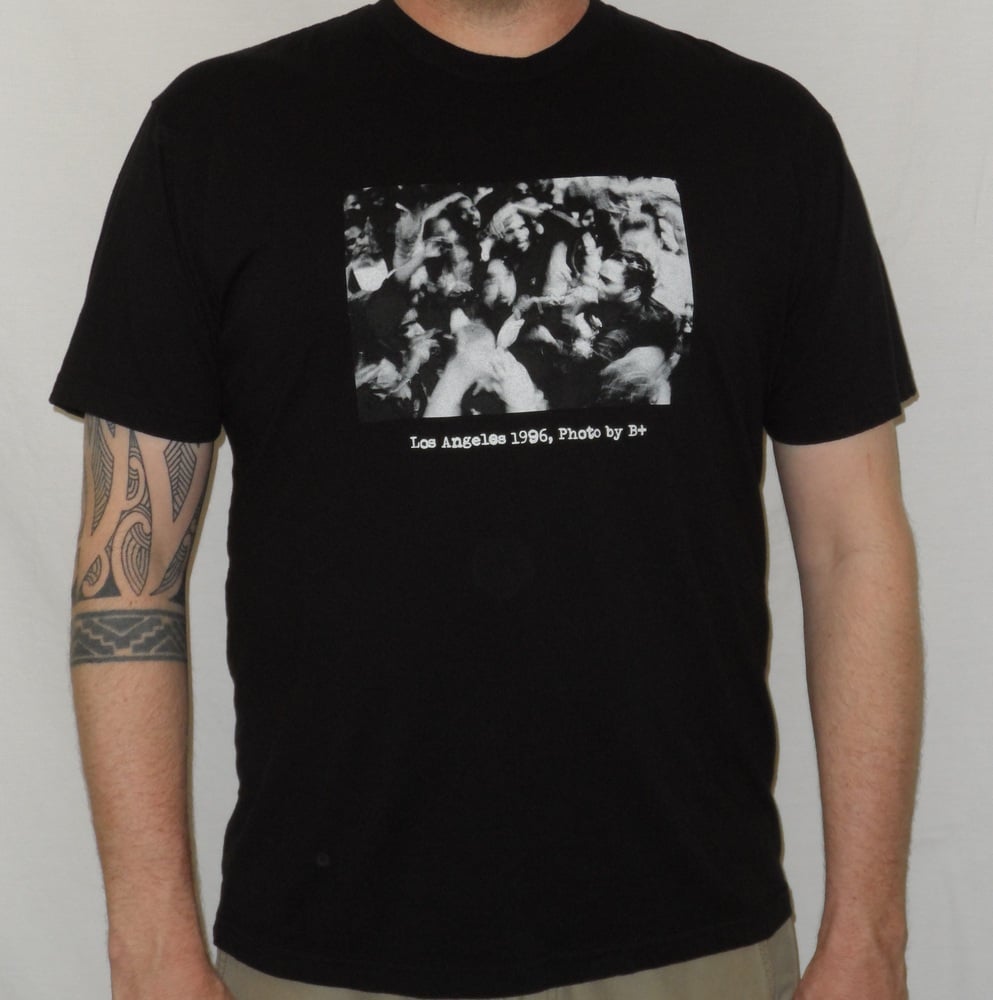B+ "Los Angeles 1996" MEN'S Shirt (BLACK)
$19.98
[[ 2021 UPDATE: WE HAVE DONATED ALL OF OUR OLD GOOD ROAD T-SHIRTS TO BOSTON'S DORCHESTER ART PROJECT. https://www.dorchesterartproject.com/ IF YOU ARE INTERESTED, THEY MAY HAVE YOUR SIZE. You can find them at [email protected] and 1490 Dorchester Avenue (Field's Corner). They rock! ]]
100% SUPER-SOFT COTTON
Premium screen-print: thin, durable and “breathable”
[Screen printing by One Off Apparel]
FIT: These are “fashion” fit, so if you are in-between sizes, go up a size instead of down.
A percentage of profits from sales of this shirt will be donated to the following charity:
Ciné Institute, based in Jacmel, provides Haitian youth with film education and edutainment, technical training, and media-related micro enterprise opportunities. They integrate educational film screenings into classrooms of public schools, train aspiring filmmakers in all aspects of production, and develop and produce films of all kinds in partnership with our students and graduates. The Institute also promotes excellence in Haitian cinema domestically and abroad, and holds weekly entertainment screenings of films from around the world at its theater.
www.cineinstitute.com
About the photographer: Brian “B+” Cross was born and raised in Limerick, Ireland and has been based in Los Angeles since 1990. He is the author of It’s Not About A Salary: Rap, Race and Resistance in Los Angeles (Verso, 1993) and aside from taking more than 100 album cover and liner notes photos for musicians ranging from DJ Shadow to Damian Marley, he also directed and shot the acclaimed documentaries Keepintime and Brasilintime. He is currently at work on a new photography book.
For more information, visit:
www.Mochilla.com
Q&A WITH PHOTOGRAPHER B+
Good Road Goods: Tell me some memories about taking this photo we’re using.
B+: It was at a night in Los Angeles called Unity, which was a famous night out here. At a club now called the Avalon, but back then it was called The Palace. Right in Hollywood. It was packed to the gills and I was on the side of the stage. In-between acts, before Meth came on, a massive fight broke out in the middle of the crowd. After security cleared the fight out, there was a huge space in the middle of the room. All of a sudden, an instrumental came on, everyone turned around to look at the stage, and he jumped right into the middle of the void. He jumped off the stage, which was about four-feet tall, over the kids who were in the front row. The crowd folded in around him. It was incredible, a fearless act of seizing the moment.
GRG: Obviously not every performer can pull off something like that, to “seize the moment” as you put it.
B+: I’ve seen it with Damien Marley too. Sometimes peoples’ creativity and intellectual strength allows them to carry moments and transform them. It’s a special thing, it doesn’t happen often. But it happened that night.
GRG: You couldn’t have been expecting him to jump off the stage like that. With that in mind, how do you prepare for that, as a photographer taking live shots?
B+: You can’t prepare, really. I’m just lucky to have been there to capture it. I think the photo is definitely a reminder about what’s possible in a live environment. You have to be ready. There are 18 other pictures taken in about 15 seconds, and that is definitely the best one. In a lot of the other ones, Meth is completely lost, or you can’t tell what’s going on, or it’s just a blur. Then in one of them you can see him really well, but the action isn’t as great.
GRG: From a technical standpoint, were you trying to make it blurry like that, to show the action?
B+: I wasn’t trying to do that, no. It was a result of the action and then a combination of the flash and ambient light.
GRG: When you look back on that image, what strikes you most?
B+: I remember getting the film back and being floored. Thinking to myself, “That’s what this is about.” A shot like that can keep you inspired for the next 100 rolls full of good and not-so-good photos. That photo made the 40 previous nights’ shooting worth it, all those nights when I’d wait for the pictures to be developed and not have anything particularly great on there.
GRG: Aside from the cover of [Brian Coleman’s] Check the Technique, where else was that photo used?
B+: It may have been used for a contents page in Rap Pages or maybe an ad for the magazine back in the ‘90s, but not for anything major. It was just one of those shots that can slip through the cracks, even as much as you love it.
GRG: Final thoughts or comments?
B+: I believe there are a few members of the LA hip-hop underground in the frame of that shot, blurred. Tre from the Pharcyde, Lady of Rage, and maybe 1-2 more. That was one hell of a show and an incredible night.




